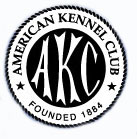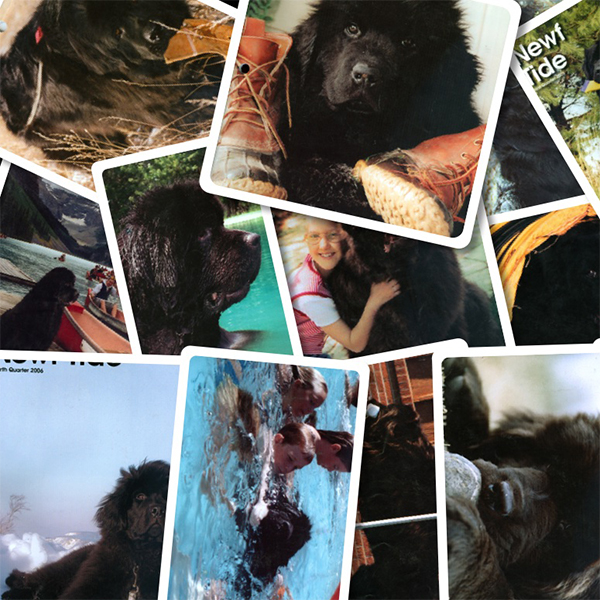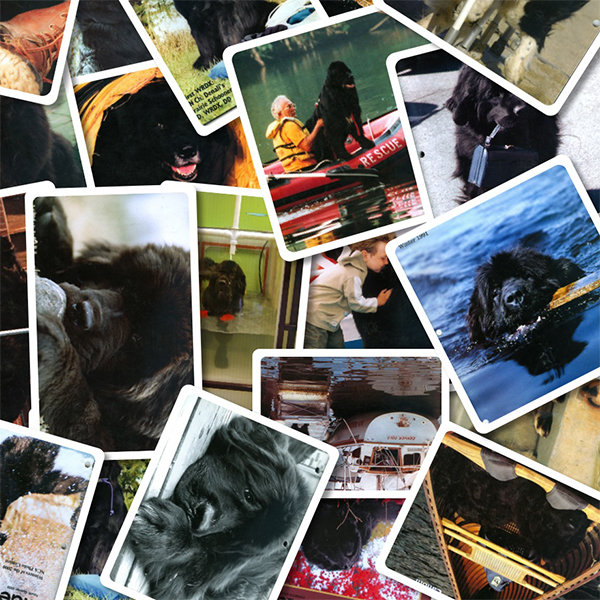
Guest columnist Peggy Helming has bred and owned many champions and is an honorary member of the Newfoundland Club of America.
Study the breed standard with knowledgeable people and develop a clear mental picture of what you want in your breeding program. It is amazing what can be accomplished, even in a competitive atmosphere, when people share knowledge openly with one another. Invest in the best breeding stock you can buy. If the best is not available, wait until it is. Be objective and patient. Potential breeders should have a working knowledge of genetics.
Make sure you have the time and proper facilities to provide quality care for your breeding stock. Shortcuts are unacceptable. As Newfoundland breeder/judge, Bea Godsol once said: Remember you are dealing with living things, whose fate is in your keeping. The responsibility for the welfare of the Newfoundland, as well as the future of the breed is yours.”
Many breeders ask us what we look for in a stud dog. First, a stud dog must be a Newfoundland with good breed type. A stud dog can ultimately influence the breed far more than a bitch, so he must be very special, no economizing here. I research a stud’s background. I want to know about the overall soundness of him and his family. When I refer to soundness, I do not mean just hips. Look for sound temperament, skin, elbows, hearts, patellas, thyroid and eyes. It is important to keep reliable records of what he is producing. This information is a valuable tool when making combinations for the future.
What do you look for in a brood bitch? A brood bitch must be a good Newfoundland with a strong genetic background for the qualities you want. I personally like a big, substantial bitch, but unfortunately many of these doggy-type bitches do not reproduce.
Pedigrees are a tool I take very seriously, as they contain the genetic makeup of future puppies. I try to balance the pedigree (genotype) and the physical qualities of the dog (phenotype). I try several combinations on paper and then troubleshoot the pedigree. I hope to make the right judgment, one that will produce superior animals with the least risk of health problems. I am trying to strengthen the desired qualities for future generations.
Evaluating pups is an educated guess. I assign each newborn a different yarn color that follows the youngster until it is time to go to its new home. I start making mental notes of neckband colors from birth. I am constantly evaluating my pups. Every move tells me something about them, mentally and physically. Remember, there are exceptions to the rules for picking a puppy.
I start stacking pups on a grooming table at 6 or 7 weeks. I like a pup that is comfortable in a stack. I usually have the pup stacked for me so I can look from a distance to appreciate the entire outline and balance. Most evaluating is done on the ground where pups are relaxed and I can see how they carry themselves. Some pups strike beautiful, freestanding poses on their own and that pup gets a gold star.
If you are just starting out, select the “safe puppy” - they usually turn out to be a good beginning. Once you have a solid foundation established, take the opportunity to raise the big, heavy boned, more angulated, “risky” puppy. If that pup reaches its full potential, you might be looking at a future specialty winner!
The sport of breeding and showing purebred dogs rests almost exclusively on the agreement of breeders, judges and exhibitors to be guided solely by the breed standard. These are the words that will guide us to a common goal. Individual interpretations of the standard play a major role in breeding, showing and judging. We are all acutely aware of the boundaries, and the extent of how far we can go with our interpretations of what a Newfoundland is - and is not.

